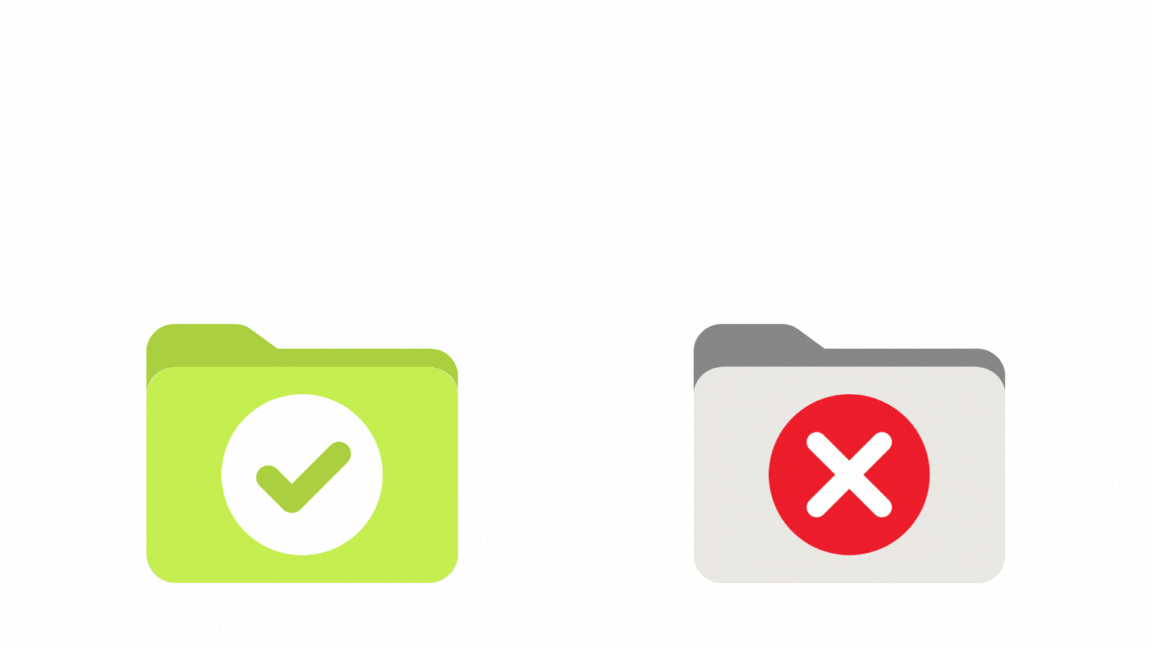Have you ever sent out a beautifully crafted email campaign through Mailchimp, only to find out that it ended up in your recipients’ spam folders? Frustrating, isn’t it? Well, you’re not alone. Many Mailchimp users encounter this issue, and it’s essential to understand why it happens and how to prevent it.
Here are the common reasons Mailchimp emails go to spam.

1. Lack of proper authentication
The biggest culprit behind Mailchimp emails taking an unfortunate detour to spam folders often boils down to a lack of proper authentication. I’m talking about those essential DNS records that need to show that Mailchimp is indeed an authorized sender. These records include SPF (Sender Policy Framework), DKIM (DomainKeys Identified Mail), and DMARC (Domain-based Message Authentication, Reporting, and Conformance).
Setting up these records correctly is your first line of defense against spam filters. It’s like giving your email a VIP pass through the digital bouncers guarding the inbox gates. When your DNS records validate Mailchimp as a legitimate sender, it greatly increases the chances of your emails landing in the inbox where they belong.
Warning: Mailchimp themselves say, “This is an advanced feature and is recommended for users familiar with domain management. Contact your developer or hire a Mailchimp Expert who can help.” If you’re a client of ours, we most likely can help you with this.
2. Poor list management
Your email list is like a garden; it needs regular tending to flourish. If you’re sending emails to outdated or unengaged addresses, spam complaints are more likely. Keeping your list clean, up-to-date, and filled with engaged subscribers is crucial. Remove invalid addresses, manage unsubscribes promptly (that’s automatic unless someone emails you asking to be unsubscribed), and consider segmenting your list to send tailored content to different groups.
We like to have our clients send an email when they get a new subscriber that essentially asks, “Did you really mean to subscribe?” That takes care of a lot of the potential issues at the beginning rather than later on.
3. Content and design issues
Sometimes, the content and design of your emails can trigger spam filters. Emails with excessive capitalization, excessive exclamation points, or suspicious links are more likely to be flagged as spam. Huge images with very little actual text used to be flagged as spam quite a bit, although that’s not as much of an issue now as it used to be.
Regardless, it’s crucial to craft your emails with care, ensuring they are not only visually appealing but also free from spammy characteristics.
4. Sending frequency and consistency
Inconsistent sending patterns or bombarding your subscribers with too many emails at once can lead to spam issues. It’s essential to establish a regular sending schedule that your subscribers can rely on.
Whether it’s weekly newsletters or monthly updates, consistency helps build trust with your audience.
5. Subscriber engagement
Subscriber interaction is another key factor. If your emails receive low open rates or high spam complaints, it sends signals to email service providers that your content isn’t resonating with your audience. Encourage engagement by sending valuable content, personalized recommendations, and enticing subject lines.
Get started!
In the world of email marketing, ensuring your messages reach the inbox is a top priority. While there are various reasons why Mailchimp emails might go to spam, taking steps to address these common issues can significantly improve your email deliverability.
Need professional help? We’re a Mailchimp Expert, and we would be happy to talk and see if we’re a good fit for you.


